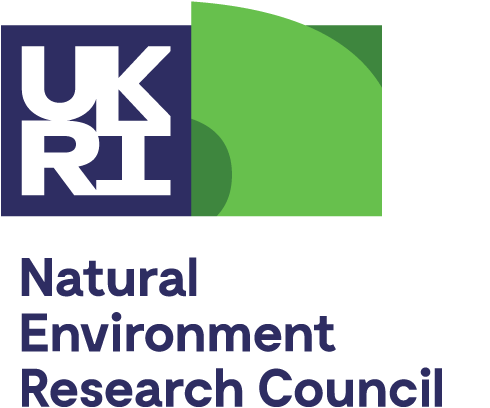Summer school 2017: visit to Diamond Light Source
As part of the NERC SoS minerals summer school a group of us visited the Diamond Light Source which is the UK's synchrotron. A giant silver donut half a kilometre across in the middle of the Oxfordshire countryside, the Diamond accelerates electrons to create a light source which is 10 billion times brighter than the sun. This light is then used for a range of analytical processes ranging from materials science to medicine to geology, with recent highlights including developing a vaccine for foot and mouth disease and helping unravel why batteries don't last longer.
After an interesting introduction to the facility and its work we went on a tour of the synchrotron itself. The source of the beam was surprisingly small – the electrons are generated in a cathode tube, similar to the ones in an old TV. These electrons are then accelerated in a mini 'booster' synchrotron, a circuit of electro-magnets, until they are travelling fast enough to circle the earth 7.5 times per second! They are then inserted into the 'storage ring', a large concrete tunnel filled with electro-magnets and constantly cooled by water. Usually the storage ring is out of bounds for visitors due to the large amount of X-Rays emitted by the beam, however we were fortunate enough to be looking around during a beam shutdown period and so were able to peek inside. The beam itself is carried in a pipe only a few centimetres across, and we were all impressed by the complexity of the machines and the amount of technical precision needed just to keep the synchrotron running. The light is then split off into different 'beamlines' where the experiments are carried out. We visited one of the beamlines which is often used for geological research, which was particularly interesting to us as it contains instruments which allow scientists to find out where some of the rare metals our project is studying sit within minerals. As we were shown around, our guide told us about the science outreach projects the Diamond participates in, including school visits and open days for local residents. If our excitement was anything to judge by then kids must leave feeling inspired to go into science.
We spent the rest of the day learning about how best to communicate our science to the public and the media. We had a very interesting talk on how the Diamond communicates science to the press, and the best methods of making complex ideas understandable and interesting including a workshop on writing press releases. We then participated in a workshop on how to tell a scientific story through video, podcasts and photo streams. This gave us a lot of ideas on how to be creative when communicating about our projects, and how to most effectively engage the public with the issues our research is trying to solve. We all made either a video, podcast or buzzfeed style photo stream which was good experience and a lot of fun, although none of us are likely to be winning Oscars any time soon! All in all we had a great day and learned a lot so thank you to everyone who organised it and took time to show us round.
For further information about Diamond please contact Isabelle Boscaro-Clarke Head of Communications, Diamond Light Source.
Katie McFall, July 2017













